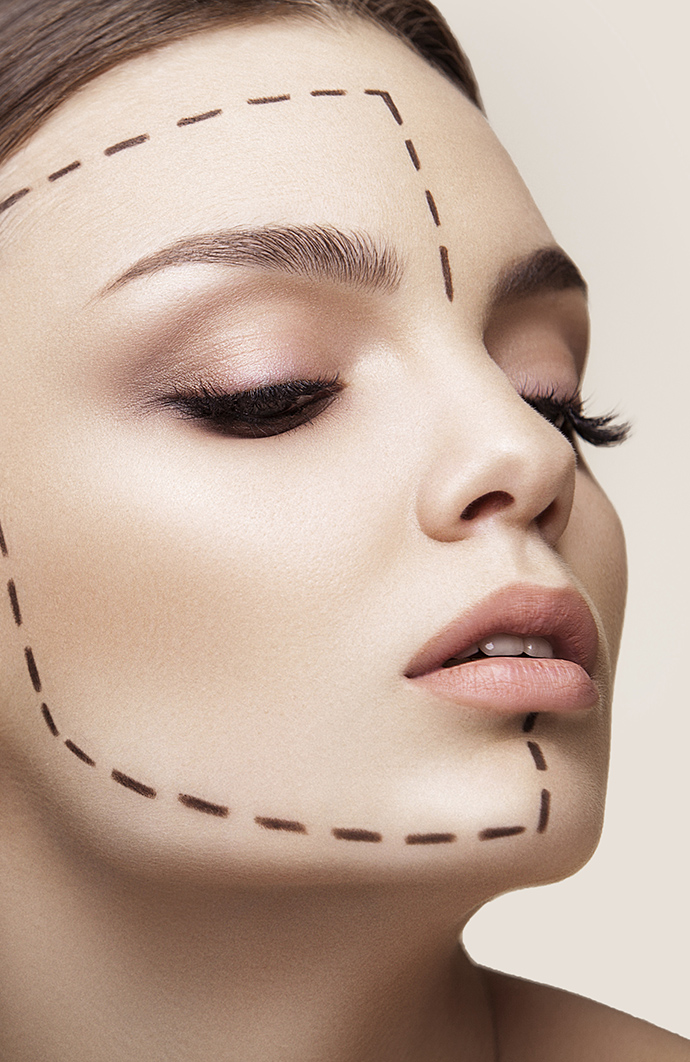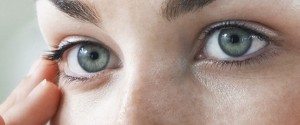Facelift

A facelift, also known as a rhytidectomy, is a type of cosmetic surgery which helps give the face a more youthful appearance. It is the most extensive way to reduce or remove the sagging skin and wrinkles caused by age. The procedure is conducted exactly how it sounds – the skin is actually lifted off the face so that the tissues and skin beneath can tighten. The skin is then carefully repositioned smoothly over the face. Patients are usually given a sedative or general anesthesia to numb the skin. The surgeon then makes an incision in the temple area and cuts around the front of the ear. The skin is literally raised, while the tissue and muscle underneath is tightened. The skin is then re-draped over the face and the incision is sutured. The surgery usually takes several hours, and most people are required spend one night in the hospital afterwards.
Who is it good for?
Between the ages of forty and sixty, the skin on the neck and face begins to sag because the muscles become weaker, the skin loses elasticity, and gravity pulls it all down. A facelift can help counter these symptoms of aging.
One study reported that nearly six years after facelift surgery, over three quarters of patients still looked younger than they did before their facelifts. For some people, this helps reduce the anxiety of growing older and can increase self-confidence. Thus, it is a popular procedure among people who do not want to grow old or want to look young for at least a few more years. A facelift cannot reverse sun damage or remove all facial wrinkles. This will have to be treated after your facelift, usually with natural remedies. No one absolutely needs a facelift; most are done entirely for cosmetic and personal reasons. A facelift is not the only way to get a more youthful glow, however. Taking care of your skin, eating a proper diet, and ensuring you are getting enough sleep will all contribute to making your face look young. There are some risks with a facelift procedure, including infection, tissue loss, scarring, and prolonged numbness.
Compare
There are many different facelift procedures available. The differences usually revolve around the area of the face that is treated, the invasiveness of the surgery, and the type of incision. At the consultation meeting, the procedure with the best possible outcome for the patient is chosen. Factors such as scarring, recovery time, age, and expectations of the patient are all taken into consideration. Two of the more popular procedures are the mid-facelift and mini-facelift. The mid-facelift is for the area between the cheeks, and is ideal for people in their forties. A mini-facelift is one of the least invasive types of surgery, although it is more of a temporary solution to the ageing of the face. In a skin-only facelift, like the name suggests, only the skin of the face is lifted, usually because it lacks elasticity. These lifts usually re-sag within a year, although it generally comes with far fewer complications.





